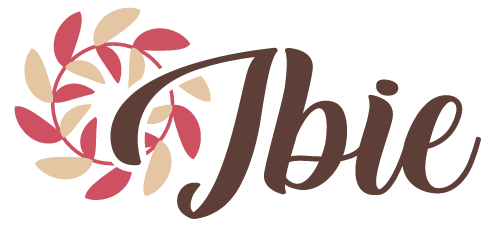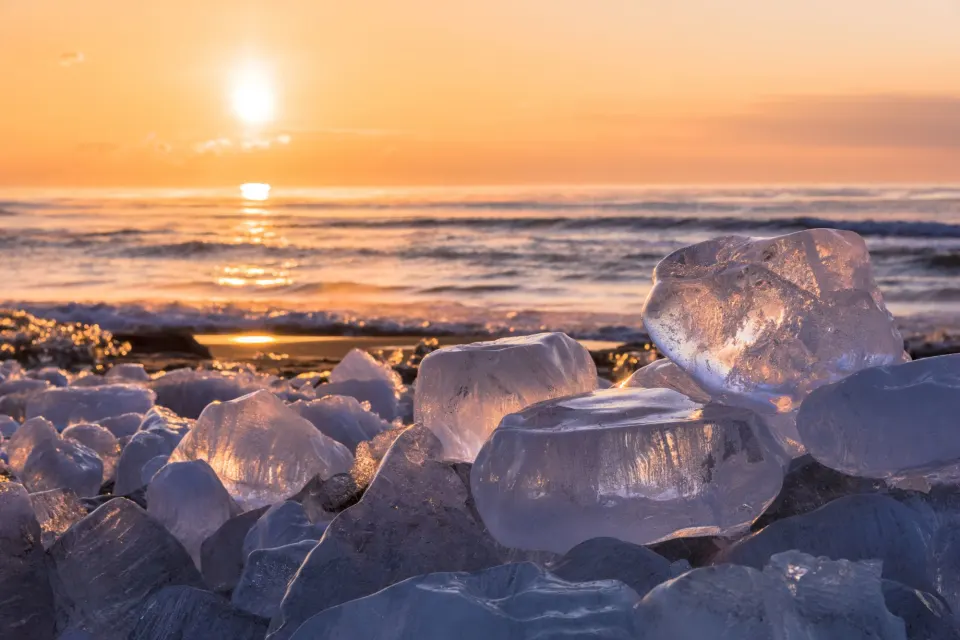Water is a fascinating substance that can transform a liquid into a solid. Ice captivates us with its crystalline beauty and ability to keep our drinks refreshingly cool. But have you ever wondered how long it actually takes for water to freeze and become ice?
In this comprehensive guide, we will delve into the freezing process, exploring the factors that affect ice formation, and discover practical tips and techniques to speed up the freezing time.
The Freezing Process: Understanding the Journey from Liquid to Solid
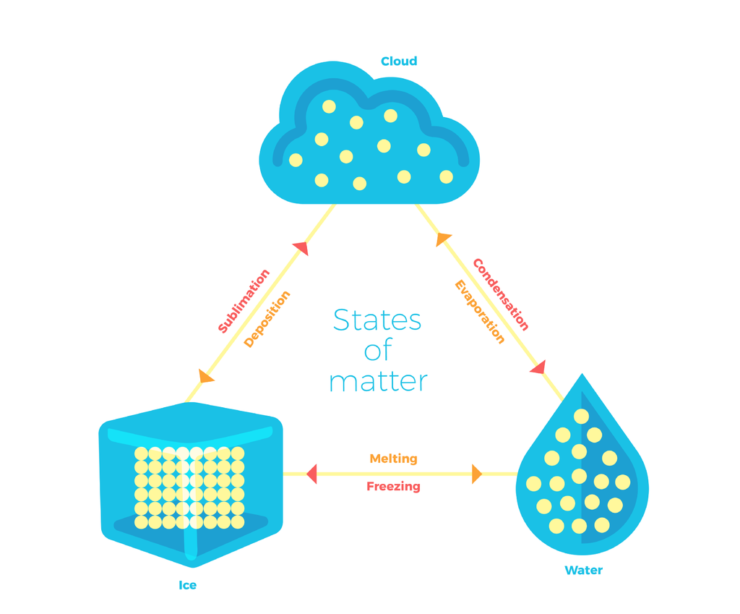
Before we can appreciate how to accelerate the freezing process, let us first understand the natural progression of water turning into ice. When temperature drops below the freezing point of water (0° Celsius, 32° Fahrenheit), the liquid water molecules slow down and come closer together. As a result, they form a crystalline structure, arranging themselves in a lattice pattern. This transformation from liquid to solid is what we refer to as freezing.
Factors Affecting Ice Formation: Variables That Influence the Speed of Freezing
While the freezing point of water is a fixed temperature, the time it takes for water to freeze can vary based on several factors. Let’s explore the key variables that affect ice formation:
- Temperature: The colder the environment, the faster the freezing process. Lower temperatures facilitate the rapid reduction of molecular movement, accelerating the formation of ice crystals.
- Container Material: The type of container used to hold the water can impact freezing time. Materials such as metal conduct heat more efficiently than materials like plastic, allowing for faster heat transfer and quicker freezing.
- Water Quantity: The volume of water being frozen influences the freezing time. Larger volumes of water require more time to cool, prolonging the freezing process.
- Agitation: Stirring or agitating the water helps distribute the cold temperature evenly, speeding up the freezing process by preventing the formation of stagnant, warmer pockets.
- Impurities: Impurities, such as dissolved minerals or particles in the water, can affect freezing time. These impurities act as “nucleation sites” where ice crystals can form, expediting the freezing process.
Time is of the Essence: Quick Tips to Speed Up the Freezing Time of Water
When you’re eagerly waiting for a refreshing glass of ice-cold water or need ice cubes for a party, every minute counts. Here are some practical tips to speed up the freezing time and get your ice faster:
- Lower the temperature: Set your freezer to the coldest temperature possible. The colder environment helps facilitate faster ice formation.
- Use smaller containers: Divide the water into smaller containers, exposing a larger surface area to the cold air. A larger surface area promotes quicker freezing.
- Add agitation: Stir the water gently during the freezing process. Agitation helps distribute the cold temperature evenly, reducing freezing time.
- Pre-chill the water: Cooling the water in the refrigerator for a short period before placing it in the freezer. Pre-chilling will give it water a head start, expediting the freezing process.
- Wrap containers in aluminum foil: Wrapping containers with aluminum foil enhances heat transfer. The faster heat transfer accelerates the freezing time.
From Supercooling to Superfast: The Science Behind Rapid Ice Formation
Have you ever wondered how some liquids instantly turn into ice when disturbed? This phenomenon is known as supercooling. Supercooling occurs when a liquid sits in a liquid state below its normal freezing point, and then becomes disturbed or agitated. The sudden introduction of heat or a nucleation site triggers the rapid formation of ice crystals, instantly transforming the supercooled liquid into solid ice.
Supercooling can be achieved by carefully controlling the temperature and conditions during the freezing process. By lowering the temperature of the water below its freezing point without allowing ice crystals to form, you can create a supercooled state. However, it’s important to note that supercooling is a delicate balance. Even the slightest disturbance or impurity can initiate ice formation.
Understanding the science behind supercooling opens up possibilities for innovative techniques to accelerate the freezing process. Researchers have explored methods such as using ultrapure water, applying magnetic fields, or employing specialized containers to create controlled environments for supercooling. While these techniques are not commonly accessible in everyday situations, they provide valuable insights into the intricacies of ice formation and the potential for rapid freezing.
Ice Ice Maybe: Debunking Common Myths About Ice Formation and Freezing Time
There are various myths and misconceptions surrounding ice formation and freezing time. Let’s debunk some of the most common ones:
Myth 1. Hot water freezes faster than cold water: Known as the Mpemba effect, suggests that hot water freezes faster than cold water. While there have been instances where hot water has frozen more quickly, this phenomenon is not consistently reproducible. Factors such as container size, ambient conditions, and initial temperature differences can affect the observed freezing time.
Myth 2. Boiling water freezes faster than cold water: The idea that boiling water freezes faster is not entirely accurate. Boiling water needs to cool down to the freezing point before it can begin the freezing process. Additionally, the rapid evaporation during boiling can result in a lower initial water volume, which may contribute to the perception of faster freezing.
Myth 3. Adding salt to water makes it freeze faster: Contrary to popular belief, adding salt to water actually lowers its freezing point. This phenomenon is utilized in freezing point depression techniques, such as using salt on icy roads. However, adding salt to water will not speed up the freezing process. In fact, it will take longer for saltwater to freeze compared to freshwater at the same temperature.
It’s important to rely on scientific understanding and evidence rather than common myths when attempting to accelerate the freezing process.
Harnessing the Power of Technology: How Modern Appliances Can Expedite the Ice-Making Process
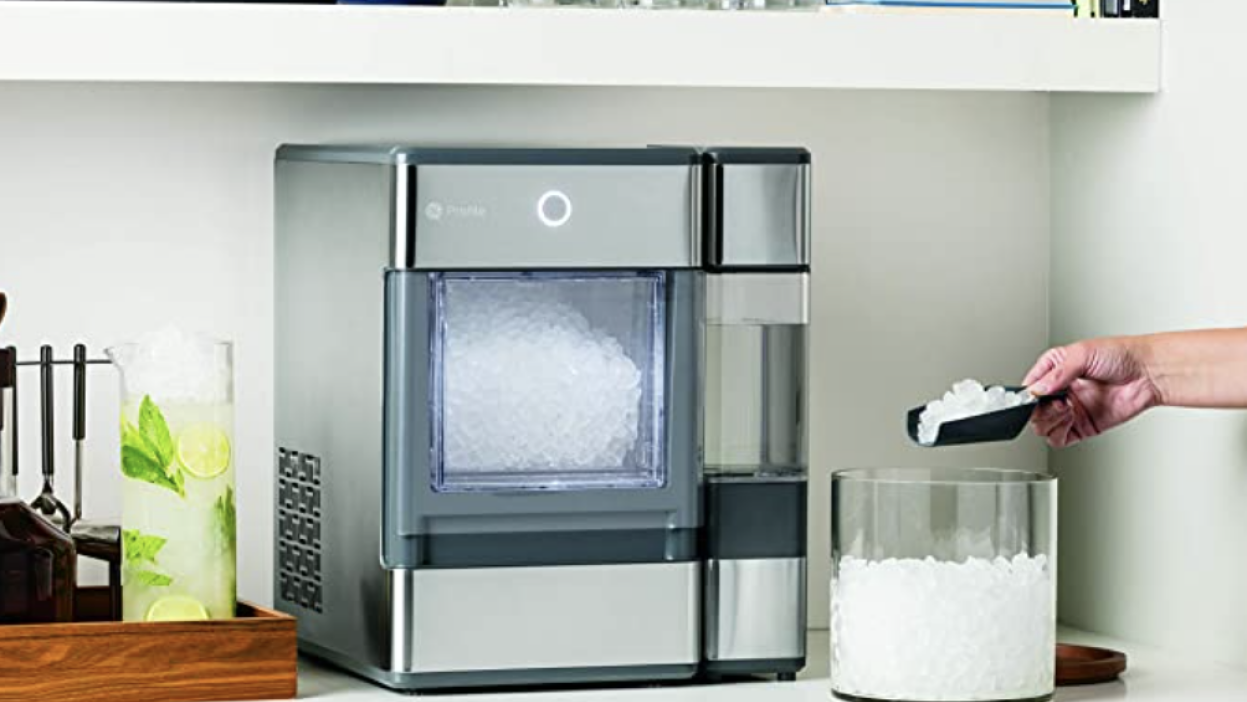
Advancements in technology have revolutionized the ice-making process, offering efficient and convenient solutions for faster ice production.
Modern appliances, such as refrigerators, with advanced cooling systems and dedicated ice makers can significantly reduce the time it takes to freeze water. Modern appliances are designed to optimize temperature control and air circulation, promoting rapid ice formation.
Refrigerators equipped with “quick freeze” or “power freeze” features provide an extra burst of cold air, speeding up the freezing process. Additionally, standalone ice makers are specifically engineered to freeze water quickly, producing ice cubes in a matter of minutes.
Chilling Experiments: Fun and Easy DIY Projects to Test Different Methods of Speeding up Ice Formation
If you’re a fan of hands-on experimentation, there are several fun and easy DIY projects you can try to explore different methods of speeding up ice formation. Here are a few ideas to get you started:
- The Agitation Test: Freeze two identical containers of water, but gently stir one container at regular intervals. Observe and compare the freezing time of both containers to see the impact of agitation on ice formation.
- The Container Material Test: Fill containers of various materials, such as glass, plastic, and metal, with equal amounts of water. Place them in the freezer simultaneously and record the freezing time for each. This experiment will help you understand how container material affects the rate of heat transfer and, consequently, the freezing time.
- The Pre-chilling Test: Chill one container of water in the refrigerator for a set period before placing it in the freezer. At the same time, place another container of water directly into the freezer. Compare the freezing time of both containers to determine the effectiveness of pre-chilling in speeding up ice formation.
- The Nucleation Test: Add small particles, such as a pinch of salt or a grain of sand, to some containers of water while leaving others free of impurities. Observe and compare the freezing time of each container to see how nucleation sites affect ice formation.
Remember to conduct these experiments in a controlled environment, document your observations, and repeat each experiment multiple times to ensure accurate results.
Beyond the Freezer: Alternative Methods to Freeze Water and Create Ice in Record Time
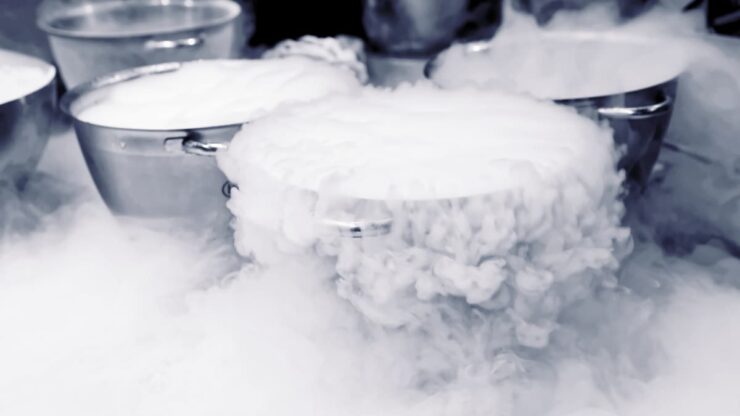
While the freezer is the most common method for freezing water, there are alternative approaches that can expedite the process. In situations where a freezer is not readily available, here are a few alternative methods to freeze water quickly:
- Ice Baths: Fill a larger container with ice and cold water. Place your smaller container of water inside the ice bath, ensuring it is fully surrounded by the ice-cold mixture. The enhanced cooling effect of the ice bath can accelerate the freezing of the water.
- Liquid Nitrogen: Although not a household method, liquid nitrogen is widely used in scientific and culinary applications to rapidly freeze substances. Liquid Nitrogen’s extremely low temperature (-196 degrees Celsius or -321 degrees Fahrenheit) enables instant freezing.
- Dry Ice: A solid carbon dioxide, Dry Ice can also be used to freeze water rapidly. When placed in contact with water, the extreme cold temperature of dry ice causes rapid freezing.
It’s important to exercise caution and follow proper safety protocols when working with alternative freezing methods, as they involve extremely low temperatures and potentially hazardous materials.
From Cubes to Cocktails: Understanding the Optimal Freezing Time for Different Types of Ice
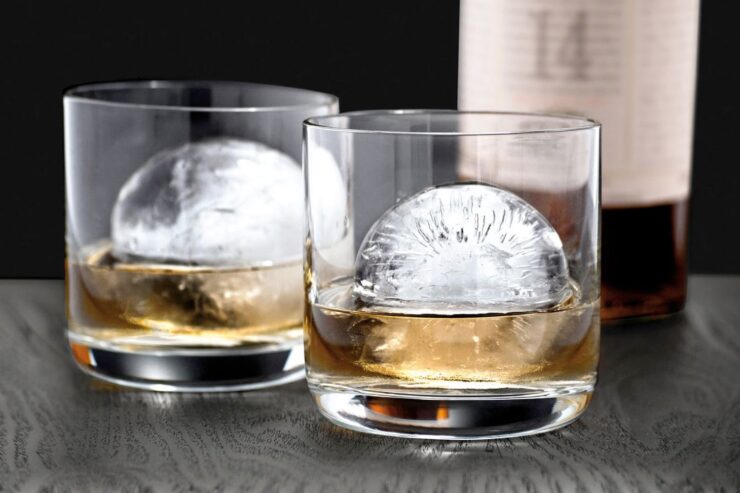
Not all ice is created equal, and different uses call for specific types of ice. Understanding the optimal freezing time for different types of ice can enhance your culinary endeavors and cocktail experiences. Here’s a breakdown of common types of ice and their freezing times:
- Standard Ice Cubes: These are the most common ice cubes used in everyday applications. Standard ice cubes typically take around two to four hours to freeze completely in a standard home freezer.
- Crushed Ice: Perfect for refreshing drinks, crushed ice consists of small, irregularly shaped ice particles. Freezing time for crushed ice can range from 30 minutes to an hour, depending on the size of the ice particles.
- Ice Spheres or Balls: Ice spheres add an elegant touch to cocktails. The freezing time for ice spheres can be longer than for standard ice cubes, ranging from three to six hours, due to their larger size and the need for gradual freezing to prevent air bubbles from forming.
- Ice Blocks: Used for carving sculptures or large-scale chilling, ice blocks require specialized freezing techniques. Freezing a large ice block can take anywhere from several hours to a couple of days, depending on the size and desired clarity of the block.
Conclusion
Ice formation is a captivating process influenced by various factors such as temperature, container material, and water impurities. By understanding the science behind ice formation, debunking common myths, harnessing technology, conducting chilling experiments, and exploring alternative methods, you too can expedite the freezing time of water and create ice more quickly.
So the next time you’re eagerly awaiting that perfectly chilled drink or need a quick batch of ice cubes, remember the insights and techniques shared in this guide. With a little knowledge and experimentation, you can master the art of freezing water and enjoy the benefits of ice in record time. Cheers to faster ice formation and cooler refreshments!
